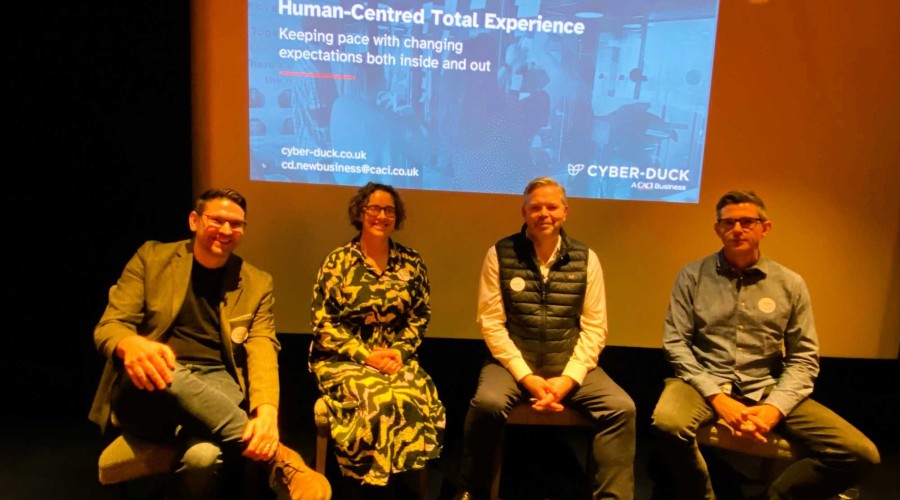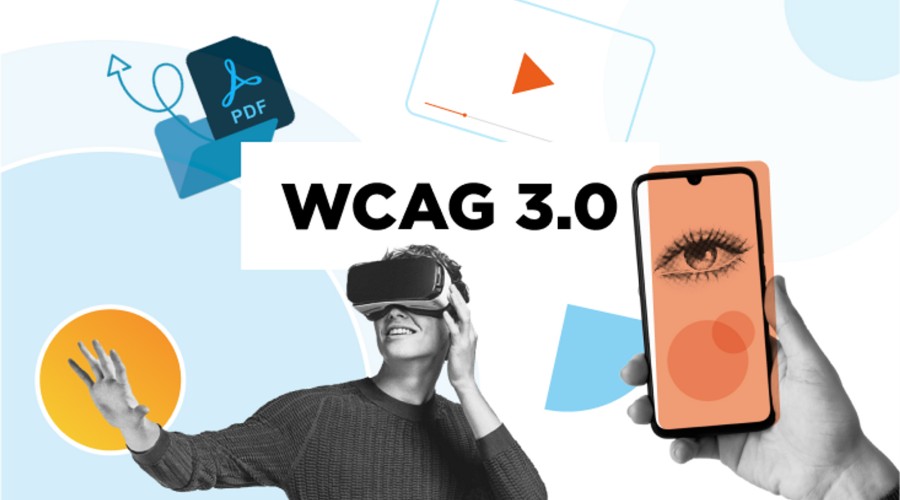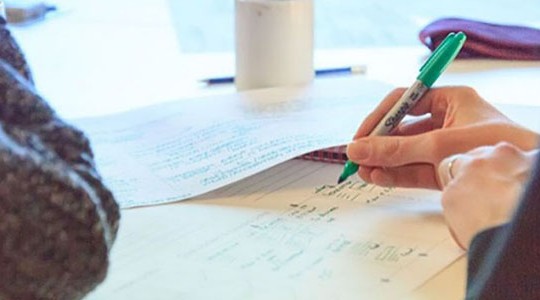Barely a day passes without members of the design community complaining about their clients. I mean who else could *possibly* be at fault when a project goes awry? Well, I think the answer often lies closer to home. In this article, I look at how we can extend our pursuit of delivering great user experiences to how we work with clients. So we can deliver fantastic client experiences, by design.
I’m going to start by saying I love working with clients. Yes, it can be challenging. Yes, there can be the odd bump in the road. But, at the same time it can be incredibly rewarding. We get the opportunity to work on varied and interesting projects. We get to solve problems for all kinds of different industries. Often industries we knew little about before. This means we get to learn about (and occasionally even become experts!) in fields we wouldn’t have had exposure to otherwise. Surely this love of solving complex challenges is why many of us got into design in the first place?
Yet, if you listened to some designers in the community, and particularly websites like Clients From Hell, you'd get the impression that clients are difficult, demanding or just plain daft. The problem I have with this, is most of the time, these stories are a monster completely of these designers' own making. As Mike Monteiro quite rightly points out; “How much of the shit we complain about all day has our fingerprints all over it?”
Have I been asked to make the logo bigger? Have I been asked to jazz things up? Have I been asked to make Green Day autoplay in an email newsletter upon receipt? Yes. And every time, it was entirely avoidable.
So in this article, I'm going to look at how we can avoid these issues. How we can design our design process to reduce stress, satisfy clients, and ultimately deliver better user experiences for everyone. Whilst this certainly isn’t a panacea, from my experience there are three key facets to successful client relationships – or just about any relationship for that matter. Empathy, mutual trust, and effective communication are a must for a successful client relationship.
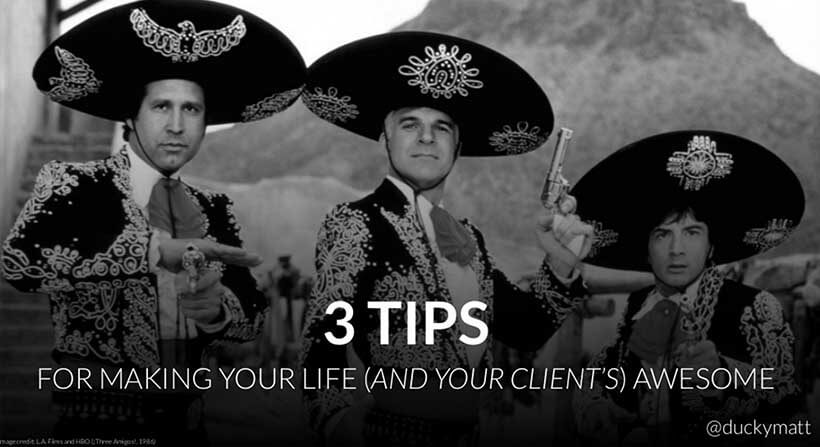
Empathy
As designers, we often quite rightly show a lot of empathy towards the people who use the products and services we design; we consider how our work impacts upon their experience. However, sadly, many designers show an unfortunate and marked lack of empathy when it comes to clients.
Try putting yourself in your client’s shoes for a moment. You just hired an expert who can solve problems that you cannot alone. That knowledge gap alone can be quite a scary experience — a bit like how I feel when I take my car in for repair — you're putting a lot of trust in an expert because you have limited knowledge and experience. You want to be guided. And ultimately you want to get your money’s worth and don’t want to be let down.
This mindset should inform how you, as a designer, approach a project. One really effective way of tackling this with clients is to clearly and openly define the roles on the project from the outset: what can the client expect from you, what do you expect from them, and how the project will run based on that.
Also, conducting stakeholder interviews with key people up-front as a project begins gives you the chance to discuss the project with the client informally and learn about their goals for the project and importantly, what concerns they have. The other benefit of conducting stakeholder interviews first, before any kick-off meetings, is that the one-on-one format encourages candour. As you can imagine, people tend to clam up when their boss is sitting next to them in a kick-off meeting.
Another technique that helps to align and manage expectations is to write a design manifesto with the client during these early stages of the project. Manifestos are a set of guiding principles of what we will do and strive for, and perhaps more importantly what we won’t. Committing to these principles together in written form makes the collective mission you and the client are trying to achieve feel more defined. These principles can also become a very useful tool later on in the project, because they can be referred to if the project does start to steer off-course. That’s why it’s best to make them as visible as possible. Stick them up on the wall, and refer to them when presenting design work.
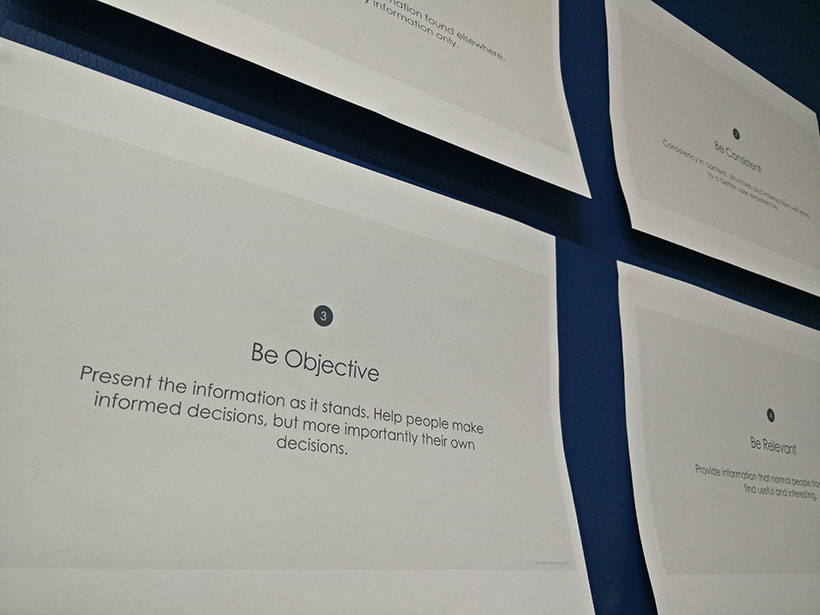
Writing a manifesto of design principles can help to get the whole team aligned on the goals of the project.
Trust
Fostering an environment of mutual trust and respect with a client largely depends on your integrity, accountability, reliability, transparency and courtesy.
Through being consistently open and honest with your client, managing their expectations, they’ll respect your integrity. Rick Snyder, a business coach we’ve worked with at Cyber-Duck, wisely said: “If you can’t trust your no, how can anyone be expected to trust your yes?”. Although it’s easy to fall into the trap of over-promising, for your and your client’s sake it’s really important that you don’t. It’s far better to be honest and reliable, and even over-deliver on occasion, than be the type of designer who constantly promises things and then under-delivers. Think of it like Disney’s customer experience philosophy towards how it presents waiting times for rides; Disney knows that under-promising and over-delivering leads to a more satisfied customer. Because when you’ve only queued for 10 minutes for a ride that quotes 20 minutes on the waiting sign boards, you’re pleasantly surprised.
The other way to foster trust is to be as transparent as possible. From experience working on the other side of the fence as the client myself before, it’s the not knowing what’s currently going on that is often the most frustrating thing. So, create a way of working that forces you to be transparent; have daily stand-ups, or at the very least, weekly calls or meetings to keep each other in the loop. That way, even when there’s not much going on, or there’s little to report, everybody knows what’s happening and it doesn’t become an issue.
The other benefit of this approach is, it’s far easier to explain the rationale behind a design if the client has been involved throughout the process. There are no surprises or ‘big reveals’ because the client has had their input and been privy to the decision making at each step along the way; from user research, to mapping user journeys and information architecture right through to developing prototypes and art direction.
Often at Cyber-Duck, we prefer to go even further than this, and run workshops and studios with clients throughout the design process. We’ve found it fosters an atmosphere of collaboration and partnership that in turn tends to lead to better results, because our clients typically have a lot of valuable insight into their industry and their customers.
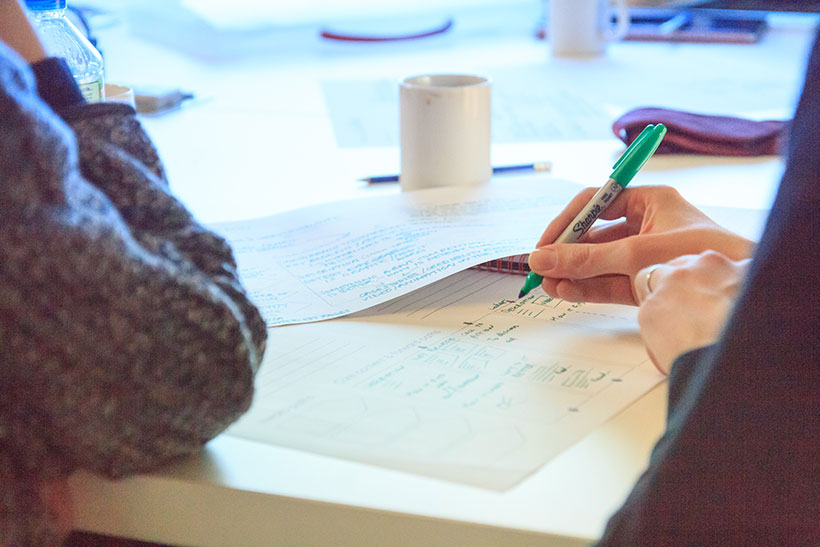
Running workshops can be a good way to improve transparency and collaboration in the design process.
Of course, not every project will be smooth sailing. As the saying goes, “nothing that’s worthwhile is ever easy”. There are going to be difficult times where you won’t agree with feedback from a client. This is where building mutual trust with the client really matters. The trick is to frame feedback as objectively as possible. As Dan Mall brilliantly notes: “Design is only subjective if you’re too lazy to make it objective.”
Remove both your and your client’s egos from the equation. Frame critiques objectively against the goals of the design and the design manifesto and how it will affect the user experience. You may well have been asked to change the background colour, or to make the logo bigger, but ask what problem would the change actually solve? Quite often, by staying positive and investigating the underlying problem you can probably suggest a more effective alternative to solve the problem.
Communication
Clear, open and consistent communication is absolutely integral to any successful relationship. It's often the area where many failed projects break down.
It’s down to us as designers to create a framework that actively encourages structured feedback and likewise actively avoids misinterpretation. For example, don’t simply send an email asking a client what they think about a JPG of a design and expect an informed, objective response. Firstly, emailing a JPG is particularly terrible way to communicate the intricacies and nuances of responsive design. Secondly, the questions you ask about design should be crafted carefully to elicit the responses you desire. Remember, the client hired you to deliver results from their users, not necessarily to produce something they love personally.
That’s why it’s best to insist on structured design critique sessions, ideally face-to-face, or at least via remote screen sharing, where you can discuss rationale and explain your thought process and ensure feedback remains goal-oriented (i.e. how does this help us achieve those goals we set out to at the start of the project?). Here you can use data from your user research, previous projects or even credible examples by others to back up your work. Better still, expose your client directly to research and their users as much as possible, so that they can hear first-hand what their customers are really saying about their service or product.
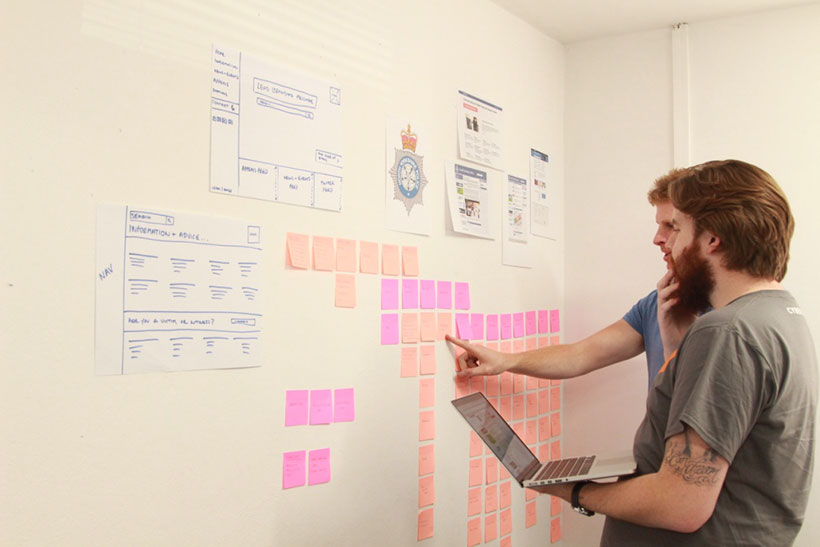
Frame design critiques objectively against the goals of the project.
Conclusion
Next time you encounter a difficult client or project, show a little more empathy and consider what you could have done differently before automatically putting the blame on their shoulders. Could you have defined the roles better at the start? Did you set and manage their expectations honestly and consistently? Did you collaborate and involve them as an equal? Did you structure feedback appropriately?
Sometimes you may have done everything right, and it may well be outside of your control. As Jared Spool observes, “No matter how much you try, you can’t stop people from sticking beans up their nose”.
I believe more often though, you’ll find it’s an opportunity to learn and deliver better designs – that answer tangible user needs and lead to longer-term client satisfaction.
Originally, I shared my ideas about client relationships at UX Alive 2016 in Istanbul. Watch the full video of my talk below:



